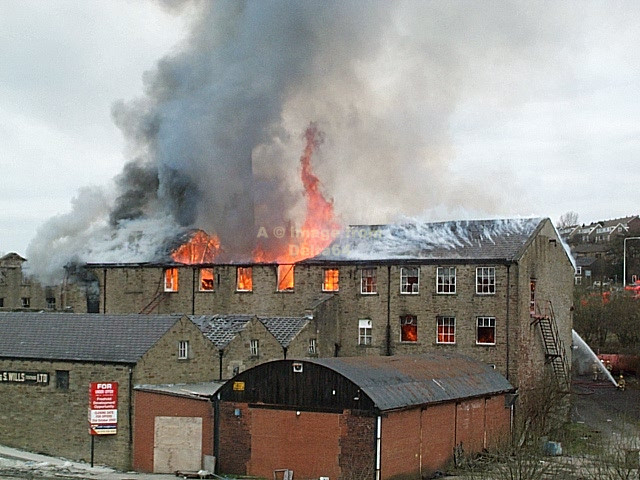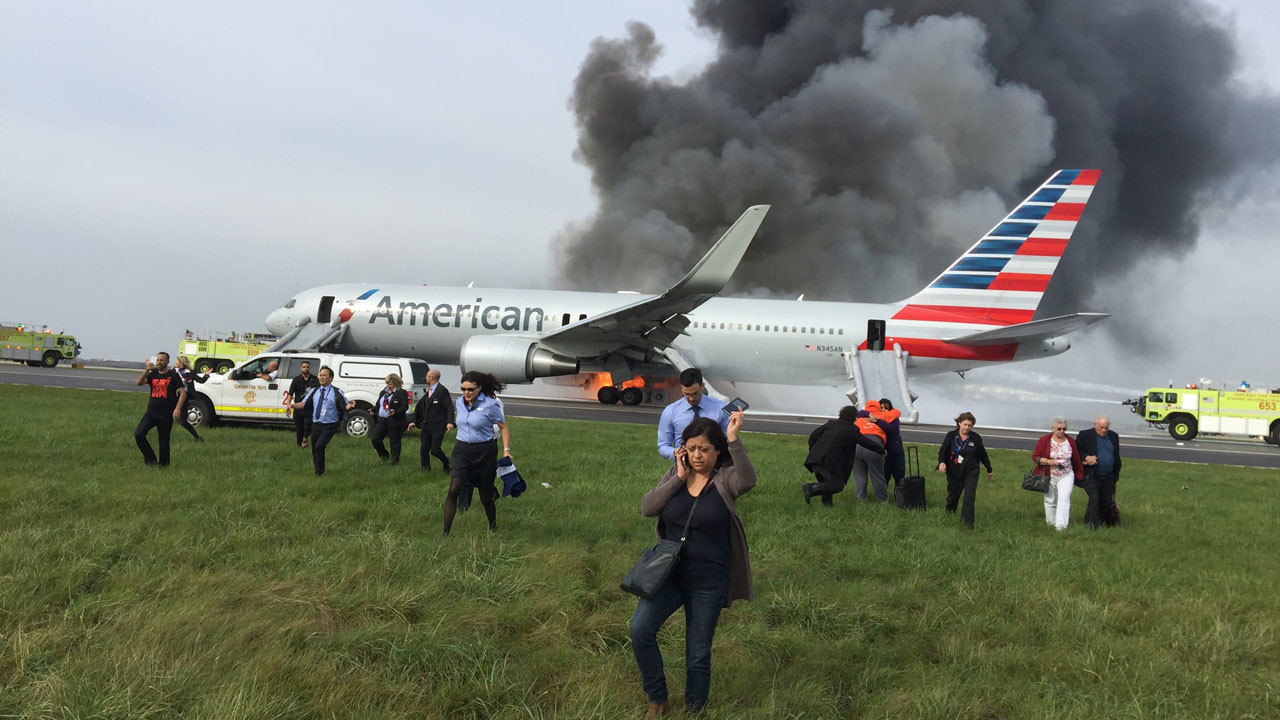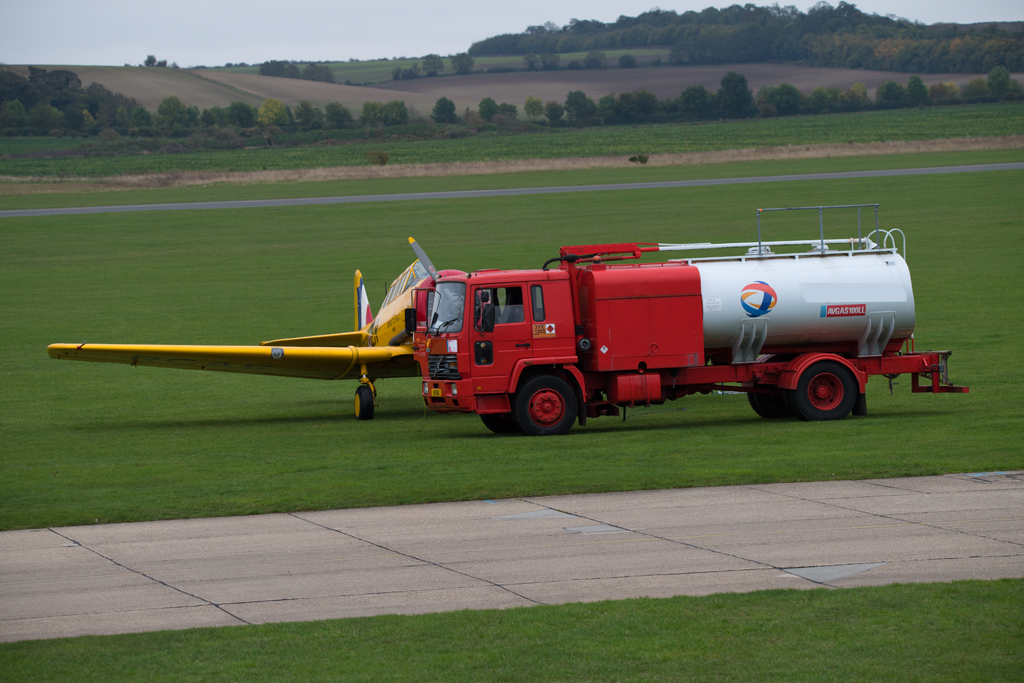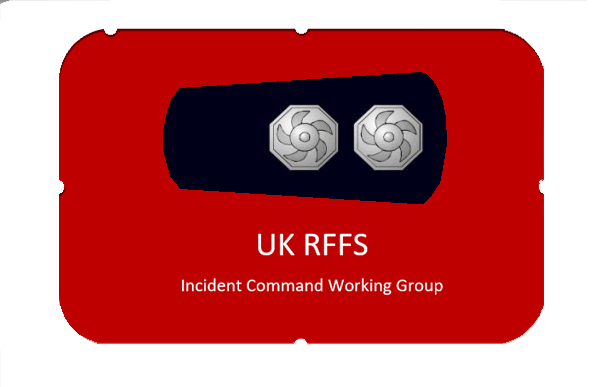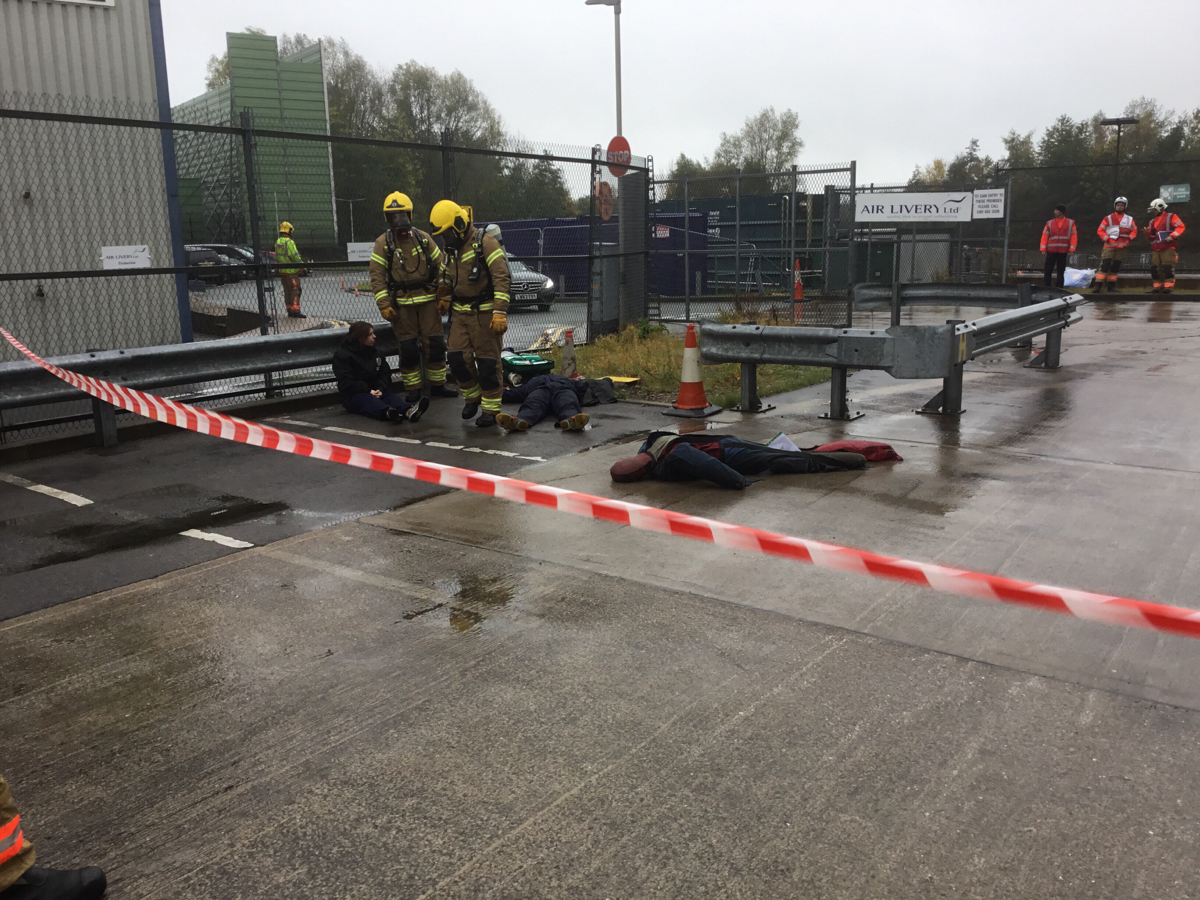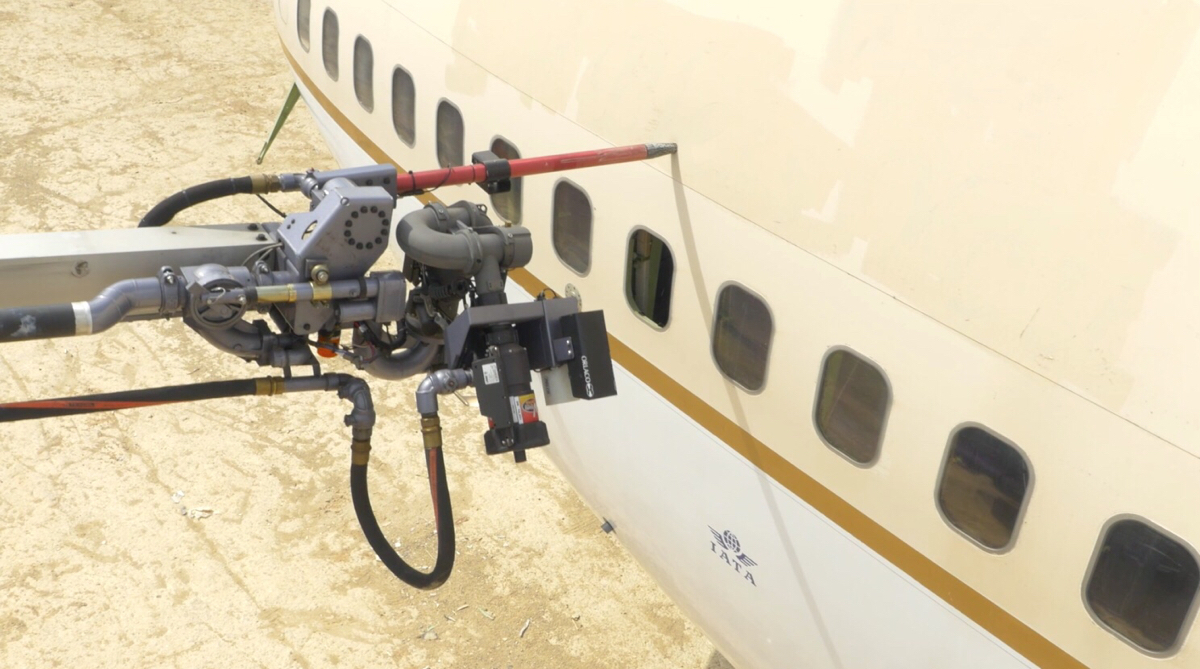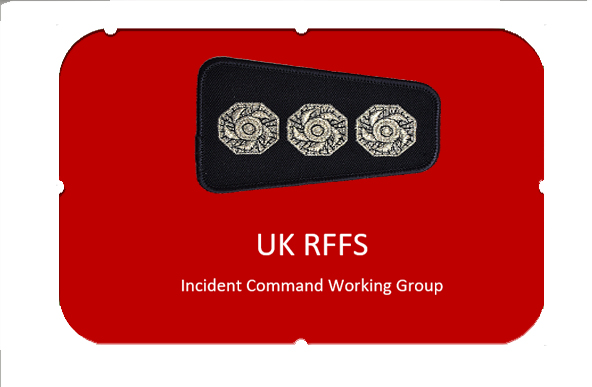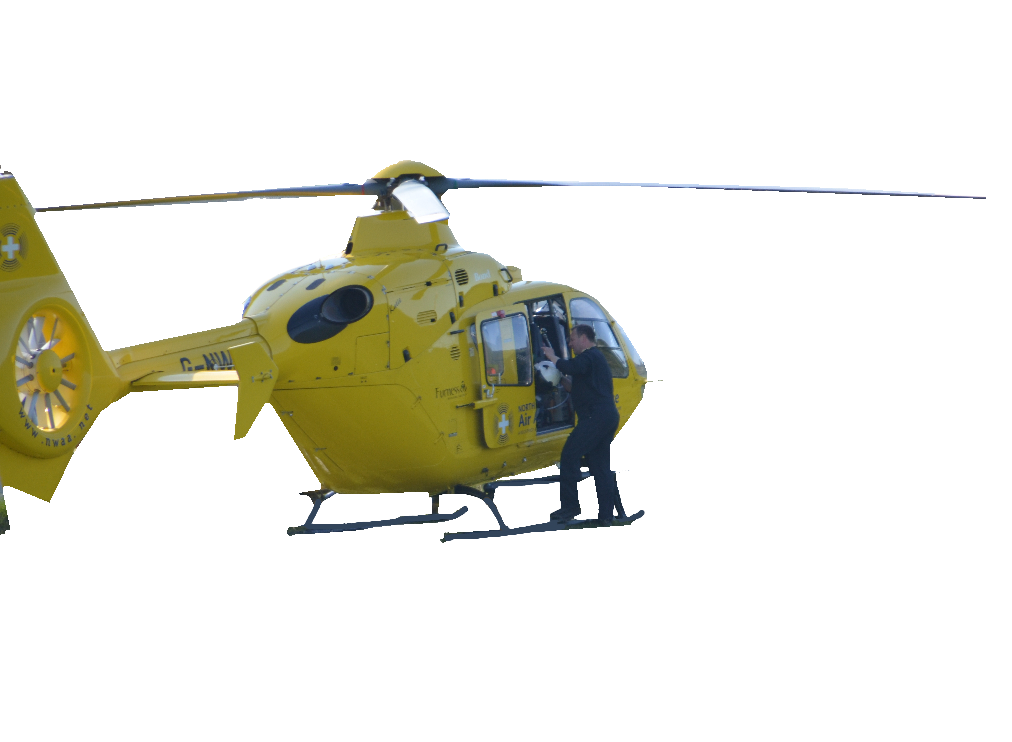Title Page
-
Document No.
-
Weather currently, detail any expected change if known.
- Fine and Sunny, warm to hot
- Wet and Windy, cold
- Dry and Overcast warm
- Rain moderate or light
- Windy
- Low visibility
- Showers
- Frost or Snow
-
Incident number if known or assigned
-
Conducted on
-
ARA completed by
-
Location
-
Location without auto locate, detail or Multi occupation site
-
This checklist provides a review to assist in identifying significant hazards for completing the Analytical Risk Assessment.
Having carried out the dynamic risk assessment and established a tactical mode, an incident commander should be aware of the immediate hazards, who is at risk and the control measures necessary to protect them. This initial assessment now forms the basis of a more detailed incident risk assessment known as an analytical risk assessment (ARA). This should be completed and recorded on all occasions when the recorded dynamic risk assessment is not sufficient.
Once completed this information should be communicated effectively with all relevant agencies attending the scene and the risk information shared to improve the situational awareness of all on scene. The person who completes the analytical risk assessment should be competent. They need to bring their findings to the attention of the incident or sector commander. These should include details of any hazards, risks and control measures. ref: Foundation for incident command NOG page 46.
Assessment of scene and review of actions taken and current conditions
-
Are you in a safe position for completing the ARA and wearing the correct level of PPE?
-
Have you a Thermal image camera to assist the safety survey
-
Can you safely conduct a 360 degree safety survey of the incident scene
-
Is the incident likely to impact on areas away from the incident scene and transfer any risk to another location
- Incident safety issues confined to incident scene only
- Incident safety issues present some transfer risk to the site
- Incident safety issues present an off site transfer of risk
- Incident safety presents significant risk off site and the wider area
-
If safe and permitted can you take a photograph as evidence of current scene from a safe position
-
Visbility and Ground conditions
- Good visbility
- Good conditions underfoot
- Poor ground conditions, unmade
- Poor visibility
- Low Smoke to ground, obscurring visibility
- Slippy, Wet
- other detail in notes if needed
-
Are you Completing this assessment as safety officer for the whole incident
- Safety officer for whole incident site
- Sector safety officer
- Multi agency safety officer working with other agencies
- Functional role safety officer
- None of the above, detailed in notes
-
Are all Vehicles in a safe deployment
-
Do you require assistance from Building control officer for Structural survey or other specialist
- Yes
- No
- N/A
-
The Tactical mode is confirmed as Offensive and has been communicated
-
The Tactical mode is Confirmed as Defensive and has been communicated
-
Incident Sectorised
-
The incident has been confirmed as sectorised and is in No Overall Tactical mode.
-
Identify the sectors in notes
- Sector 1
- Sector 2
- Sector 3
- Sector 4
- Water Sector
- Decontamination Sector
- Marshalling Sector
- Other not specified, detail in notes
-
Have other agencies appointed safety officers
-
Was or Is the presence of Asbestos or other airborne particles suspected
- Airborne particles present, content unknown
- Asbestos known or Suspected
- Man Made Mineral Fibre suspected or Present
- None suspected
-
Have other agencies been informed of the risk of Airborne contaminants
-
Has a cordon been established? Specify inner and outer as required? is there a cordon gateway established
-
What is the classification of this incident
- Building fire, large commercial, Factory
- Building fire commercial, shop, office
- Building fire House
- Recycling Site or Landfill
- Health Care facility
- Other, detail in notes
-
Evacuation or further Evacuation needed? Specify distance to be observed, consult ERG 2016 and or Wiser.
- Evacuation needed as defined in ERG 2020 for Hazmat involvement
- Evacuation distance reduced on risk assessment , guidance consulted
- Evacuation is to be replaced shelter in place
- No evacuation needed at this time
-
Was a Methane or Ethane message required or has one been sent, specify in notes if required
- Methane not applicable to to this incident
- Ethane not applicable to this incident
- Methane or Ethane message sent or updated
- No message sent and required
- Further Informative message sent
- Further Assistance message sent
-
Was early notification to the Environment Agency considered, record brief details
-
Are water supplies adequate and with no safety issues
-
For Airports, Has the effect on movements and category been considered, Air traffic control Informed
- All Movement isolated, record current category in note, update as required.
- Movement not affected, record current category in note, update as required.
- Other, describe as required in note
- Specific movements restricted, category affected
- add further detail in notes as required
-
For Airports, Expected length of fire service operations as a result of the incident
- No delays to operations, RFFS available
- No resources available for at least 15 minutes
- Significant delays to RFFS resources 30-60 minutes
- Major delays over 60 minutes
-
Are persons involved as casualties, specify in note how many
- No person directly involved
- Persons involved and require medical treatment
- Persons or animals involved, specialist advice or measures needed
- Decontamination from product will be required
-
Was Emergency decontamination carried out, needed or considered
-
Has a casualty clearance zone been set up
-
Is this in a safe, well lit and accessible location
-
Are there any outstanding safety issues with the casualty clearance zone
- Safe
- Still At Risk but ALARP
- N/A
- Slight Risk
Building Incident Detail
-
Building type
- Detached
- Semi Detached
- Terraced
- Single Storey
- Multi Storey
- Below ground level Structure
- Other, detail in Notes
- Warehouse
- Hangar
- Temporary Accommodation
- Secure building such as Prison and Detention centre
-
Building Age
- Modern non timber framed Construction
- Timber Framed, Modern Method of construction known or suspected
- Traditional construction, slate roof, brick, stone walls
- Heritage site
- Temporary structure
- Pre fabricated build
-
Building condition
- Good condition prior to incident
- Semi Derelict
- Derelict or Neglected condition
- Occupied
- Unoccupied
- Other, detail in notes
- Under Construction or Refurbishment
- Under Demolition
-
Incident involves
- Roof Space
- Basement
- One Floor or Room
- Multiple Rooms or Floors
- Mezzanine Floor
- Other detail in Notes
- Compartment
-
Is the building Sprinklered
- Sprinklered
- Non Sprinklered
- Sprinklered but Isolated or turned off
- Not known at this time
-
Persons Reported
-
Incident Type
- Fire fully involved
- Fire affecting part of the Building
- Crash with persons Trapped into the Building
- Crash with no persons trapped, Unsafe Building
- Overheating of Equipment in the Building
- Hazardous Materials involved in or around the Building
- Collapse of all or part of the building
- Gas Explosion
- Siege or Hostage Situation
- Other, detail in Notes
-
Is spread to other buildings likely
- Fire spread is likely
- Fire spread unlikely
- Fire spread not known at this time, investigations underway
- None
-
Fire development known to be
-
Damage Assessment
- Damage is Severe, structure is dangerous and unsafe to enter or approach
- Damage is Moderate to structure of , compromised but can be entered for essential tasks
- Insignificant Damage
- Minor Damage to a specific part or area of the building
- No Damage at all
- Other detail in notes
- Water Damage Only
-
Environmental Impact
- Significant
- Moderate
- Slight
- None
-
Has the incident caused a subsequent leak of contaminant, detail in notes, consult with HMEPO
- Leak confirmed but contained
- Leak confirmed and is uncontained
- No leak observed or known at this time
- HMEPO requested or Informed
Safety detail for Building Survey
-
Sign of collapse present
- Bulging of Walls from internal expansion.
- Expansion of steel beams or collapse of columns
- Dropped arches on windows or door surrounds
- Falling slates or masonary
- Damaged, displaced or falling glass or windows
- Water coming through cracks in external walls
- large amounts of water pumped in increasing load on internal floors
- Sagging floors
- Other, detail in notes
-
Fire Venitlated
- Yes
- No
- N/A
-
False Chimney suspected
-
Cladding present of any kind, detail as required
- Building fully clad
- Building Partially clad
- No Cladding present
- Not known or Clear
-
Sandwich panels present or suspected, survey with TIC
-
Machinery has voids or trunking into roof space, other compartments or basement
-
Do you suspect Galvanised roof plates used on roof truss, record as significant hazard if involved
-
Photovoltaic or solar cells present
-
Have they been isolated
-
Neon signs and lights isolated
-
Does the building have scaffolding present
Significant Hazards Identified
-
What is the significant Hazard identified
-
What is your assessment of the consequence of a safety event with this Hazard with current control measures
- Multiple fatalities, catastrophic loss of business 5
- Major injury, single fatality, critical loss of process or damage to property 4
- Reportable injury, moderate loss of process or limited damage to property 3
- Non reportable minor injury, minor loss of process or slight damage to property 2
- Insignificant damage to property, equipment or minor injury 1
-
what is the likelihood
-
Control measures needed
- Fire Suppression
- Support to prevent collapse
- further safety officers or monitoring
- Gas Detection
- Thermal Image monitoring
- Specialist or Technical advice
- Electrical Isolation
- Additional Lighting
- any other not above, detail in notes
- Exclusion of personnel from the hazard area
-
After new control measure applied rate the safety of the Hazard, add detail in note if required
- Safe
- Still At Risk but ALARP
- N/A
- Slight Risk
-
Further control measures needed, define clearly and communicate to Incident Commander
-
Has the Incident Commander been made aware of all safety issues and control measure needed
-
If the incident is sectorised has the Sector commander been made aware of all safety issues and control measures
-
Has this Safety assessment been shared with other agencies and acknowledged
Re Assessment of Scene
-
Confirm if there is no change to this assessment in 20-30 minutes
- Assessment and condition of site unchanged from previous ARA
- Re Assessment and new ARA Needed due to changes or developments
-
Safety Briefing to be conducted or Arranged, all agencies, request detail time and location from Incident commander
-
Tactical mode is still correct
- Tactical mode still current and correct
- Tactical mode requires updating, OIC informed
- Tactical mode deemed incorrect, detail in NOTE
- Tactical mode is all incident
- Sector Tactical mode correct if Sectorised
- Sector Tactical mode Not correct if Sectorised
-
Incident Closed
Incident Closure and Handover
-
Incident handed over to other agency or authority
-
Provide if possible a safety brief to assist the handover
-
Notes for Debrief complete as required
-
Person accepting the Handover
-
Person completing this Assessment
-
Incident Commander
